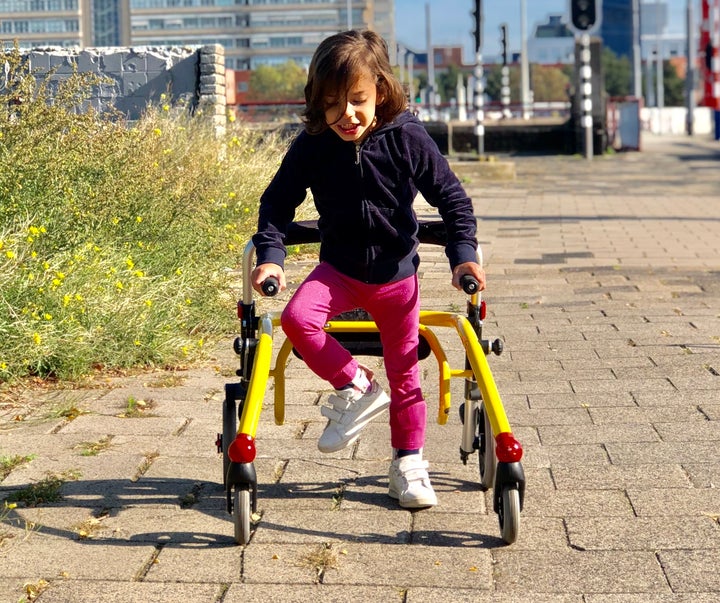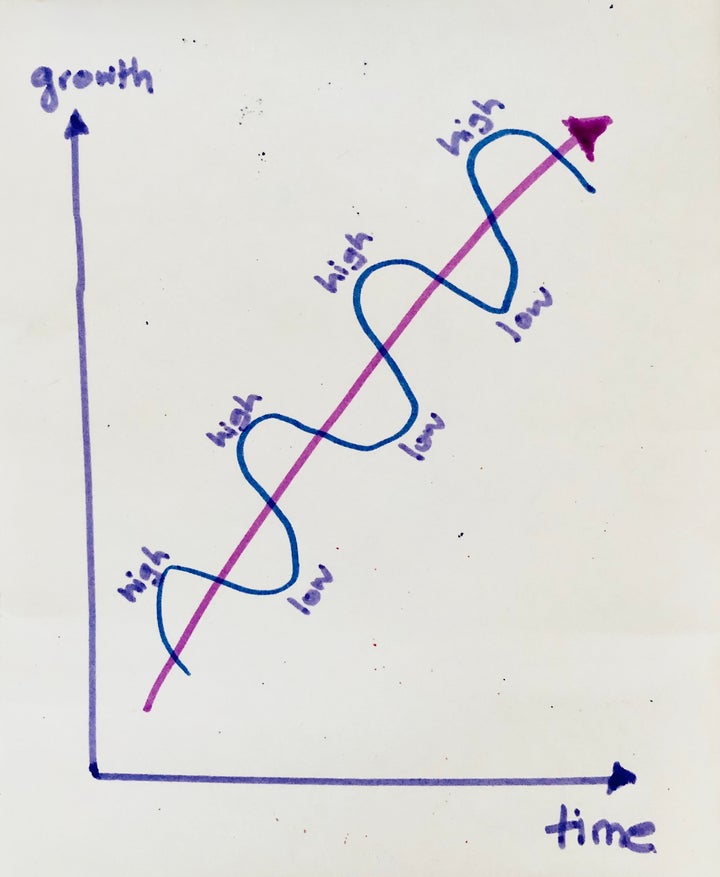
For most parents with differently abled children like myself, we lead a different route where we need to define our own milestones in our children’s developmental trajectory. This is because often our children deter from the typical path of development and hence need to be ‘taught’ to reach them. The challenge of course is identifying goals that are high enough to stimulate your child and yet realistic enough so that your child doesn’t fear failure. I myself take the beginning of the year as a useful time to ponder on what my child has achieved in the last year and where she needs to be in the upcoming year.
From my experience I find a few points handy when setting realistic goals.
Breaking goals into shorter targets spread over a longer term. My daughter’s neurologist explained this very well. He said that your child’s growth curve won’t be in a straight line , there will be high points and low points but overall the curve should be moving in an upward direction. Thus, for my daughter who has cerebral palsy and cannot walk independently, I have broken our goal to make her walk independently into several short run steps or targets: walk functionally with a walker, walk with quad sticks, walk with single point canes, walk with a cane, walk holding furniture, stand independently, take two steps independently… She needs to cross all these phases to be able to walk independently. Setting short run target such as walking with quad sticks allows us to work towards a realistic target which can be achieved and celebrated, instead of a setting a longer term goal which is so difficult that it a impossible for my four year old to comprehend at this point.
Building in targets in daily routine. My daughter’s occupational therapist introduced me to this habit of writing down my child’s full daily routine and while doing so thinking through what she can do and cannot do. For example, my daughter cannot get off from the bed to her walker herself when she wakes up. She can then walk to the dining table herself but cannot transition into her chair there. She knows what she wants to eat and can choose when given a choice but doesn’t use her language clearly to tell me exactly what she wants to eat. From this list I can then prioritize the things I want her to achieve within the next six months. Such as, I want her to get in and out of a chair by herself as a priority target. To do this I need to ensure that she has the right chair and practice this with her everytime she gets in and out of her table. Building it in regular routine helps us working towards a target without doing too much extra.
Aligning targets with schools, therapists, child minders and all other involved parties. It takes a village to raise a child. If your child is interacting with more people on a daily basis it is equally important for them to be aware and aligned with your targets. I find it useful to regularly ask my daughter’s therapists to summarize a report on her progress and targets for her and discuss/share it with other therapists so that they can also work together towards it. For example, this week my daughter is learning about houses in school. So through the week I, her physiotherapist, her speech therapist talk about the same thing so that even through our talk with her we can brush up on her vocabulary and help her in her speech.
Reflection. Targets are not milestones set in stone but rather need to be revisited to ensure that they remain realistic. So ever so often I find it important to reflect on my targets for my child and check if they still make sense. For example last year my target for my daughter was to make her stand independently for at least half a minute or so. Within a few months, it felt unrealistic as her core was still too weak. So, we instead changed the target to building stronger ab muscles by the end of the year, which we have achieved thanks to hundreds of crunches and core exercises and we are now again practicing independent standing.
Rewards. I make it a point to celebrate all achievements big or small. We talk about what all we have achieved, we celebrate it, we eat cakes, we record it, we tick it off, we go back to it to remind ourselves and mostly our little girl how far she has come. I do so that my daughter learns to take pride in her progress and it motivates her in achieving more.
NOT underestimating. Finally, I feel that as parents we often instinctively feel the urge to protect our children and in the process being over cautious, setting the bar too low, fearing they will fail. However, our children tend to be far stronger, far more resilient than we give them credit for. So sometimes I also find it useful to set a target and then raising the bar a notch higher to see if my child can get there.
Every child can be the best versions of themselves given the right help and motivation.
